DM-14 - Classic vector data models

- Illustrate the GBF/DIME data model
- Describe a Freeman-Huffman chain code
- Describe the relationship of Freeman-Huffman chain codes to the raster model
- Discuss the impact of early prototype data models (e.g., POLYVRT and GBF/DIME) on contemporary vector formats
- Describe the relationship between the GBF/DIME and TIGER structures, the rationale for their design, and their intended primary uses, paying particular attention to the role of graph theory in establishing the difference between GBF/DIME and TIGER files
- Discuss the advantages and disadvantages of POLYVRT
- Explain what makes POLYVRT a hierarchical vector data model

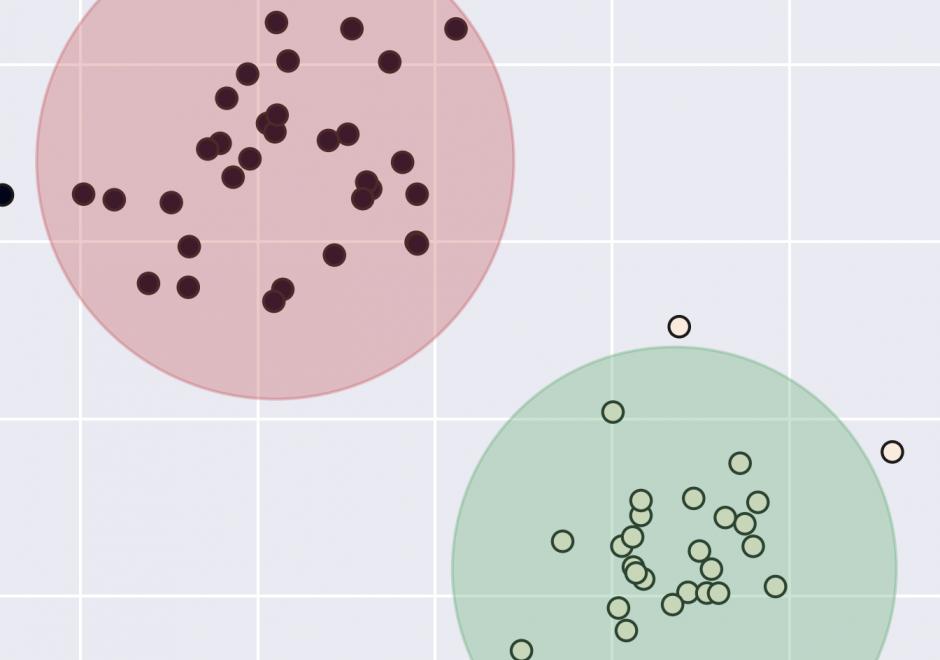
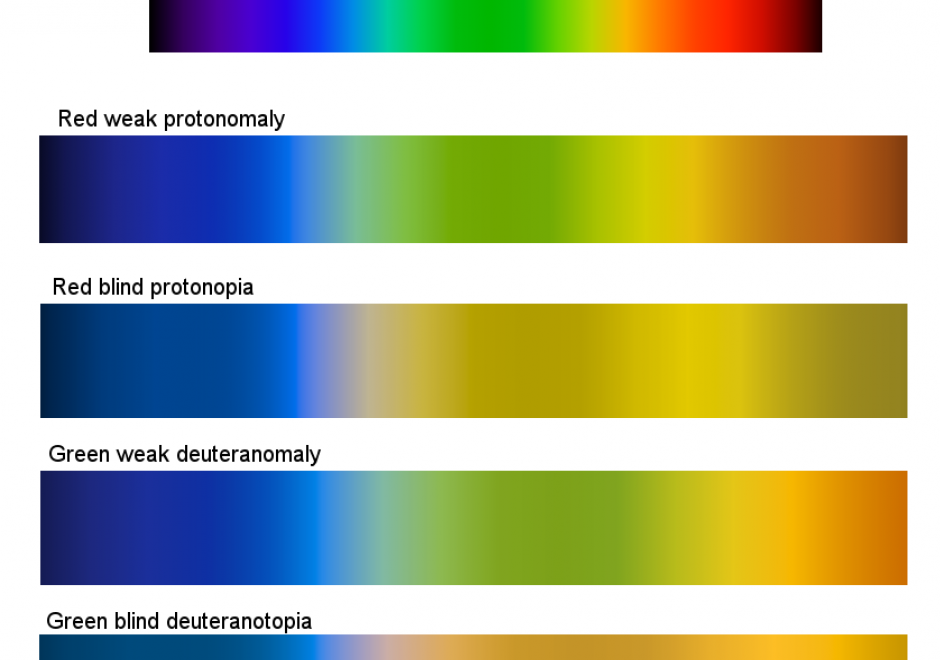

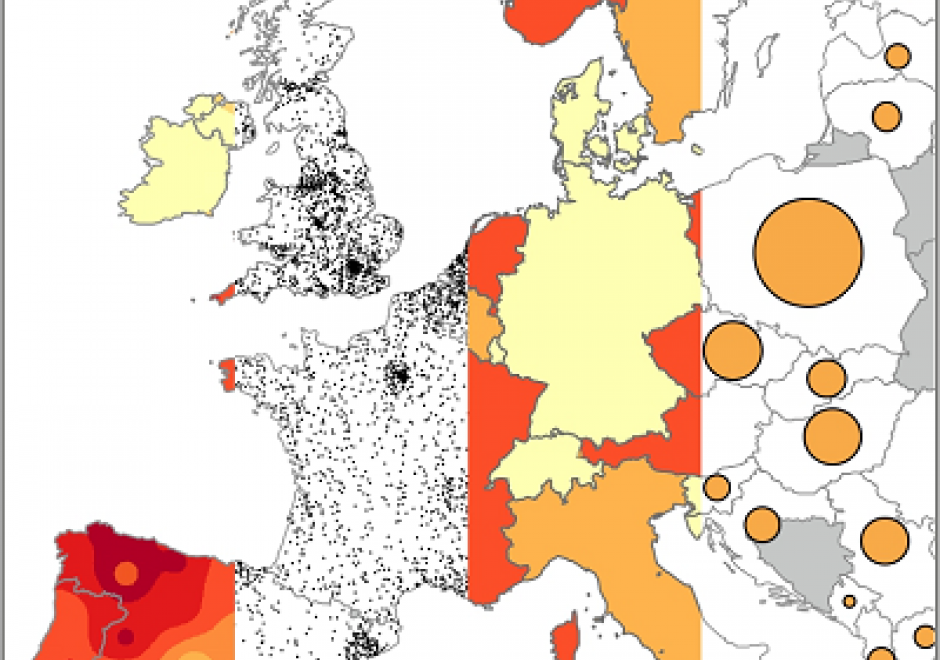
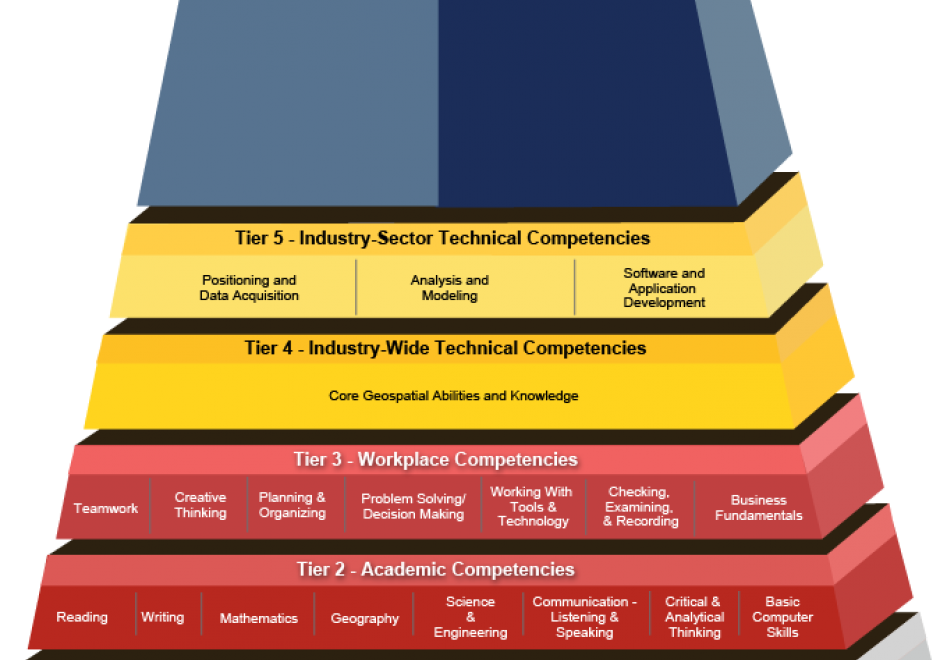

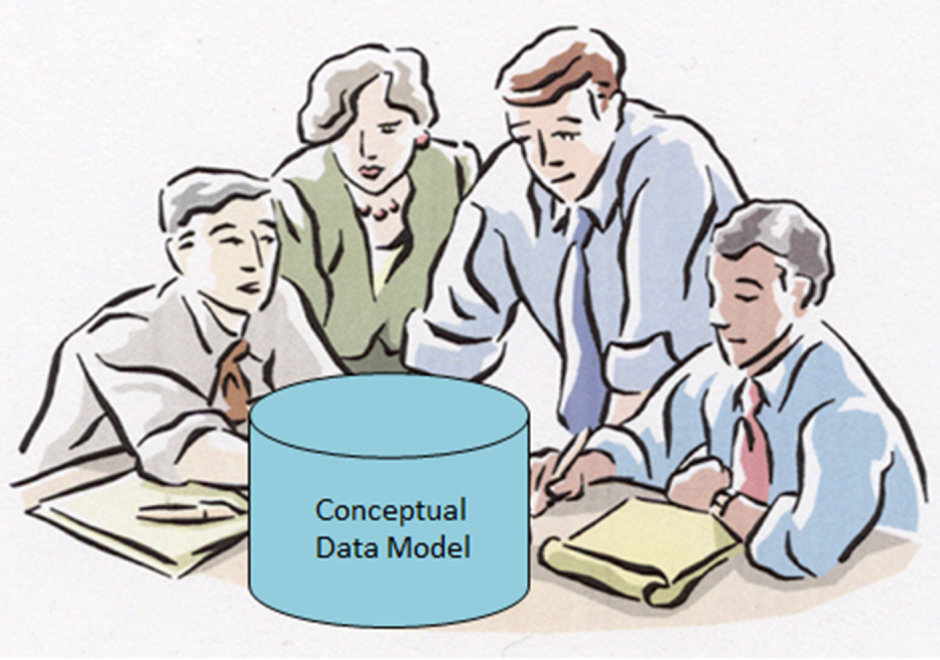
GS-24 - Citizen Science with GIS&T
Figure 1. Participant in a BioBlitz records bird observation (Source: Jo Somerfield)
Citizen Science is defined as the participation of non-professional volunteers in scientific projects (Dickson et al, 2010) and has experienced rapid growth over the past decade. The projects that are emerging in this area range from contributory projects, co-created projects, collegiate projects, which are initiated and run by a group of people with shared interest, without any involvement of professional scientists.
In many citizen science projects, GIS&T is enabling the collection, analysis, and visualisation of spatial data to affect decision-making. Some examples may include:
Such projects have the opportunity to empower or disempower members of the public, depending upon access to and understanding of technology. Citizen Science projects using GIS&T may help communities influence decision makers and support the gathering of large-scale scientific evidence on a range of issues. This may also renew people’s interests in the sciences and foster continued and lifelong learning.